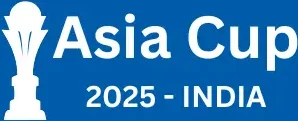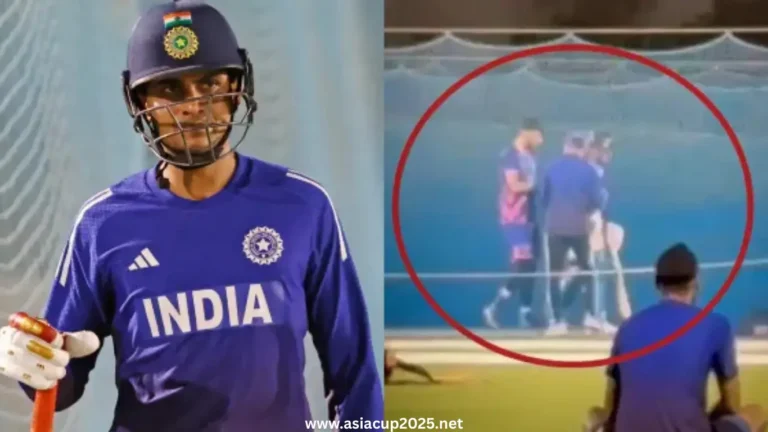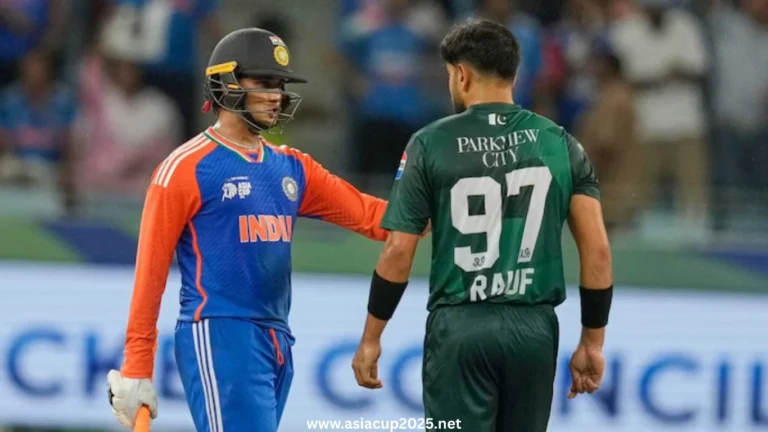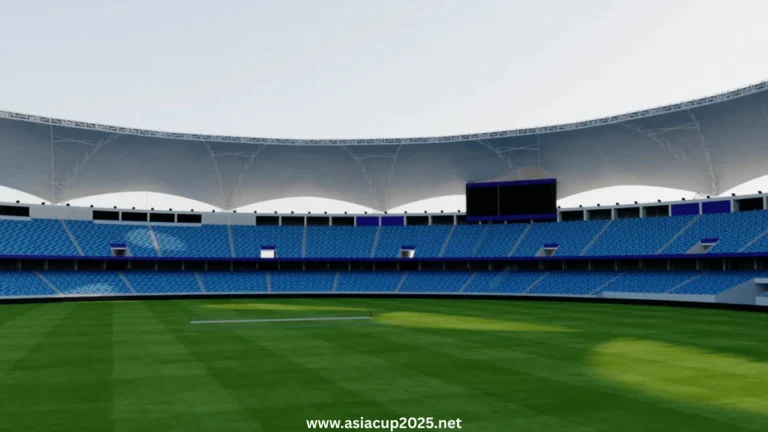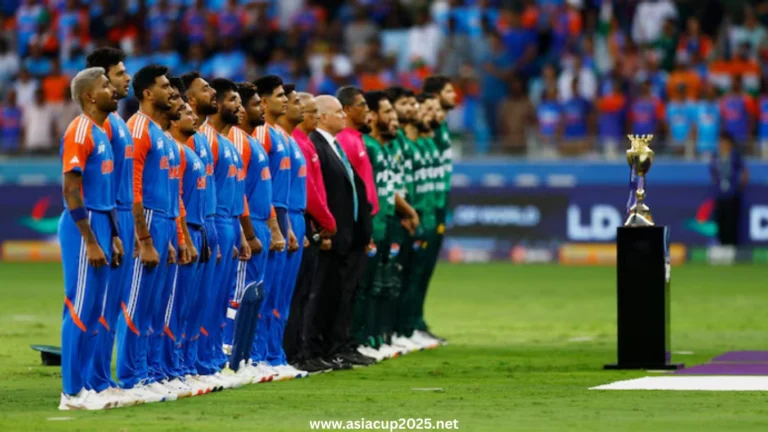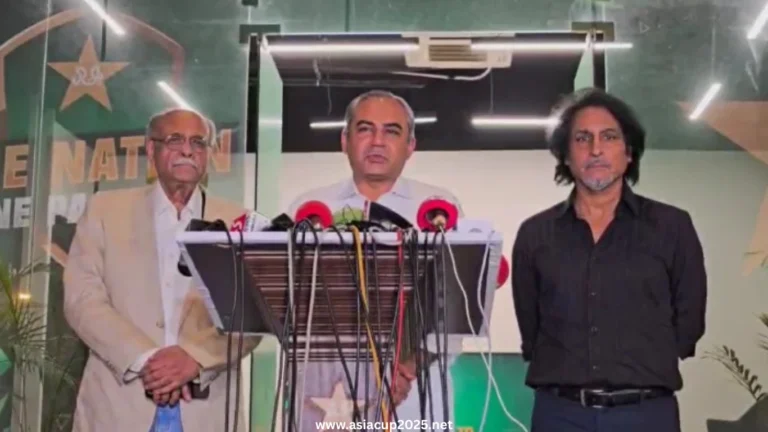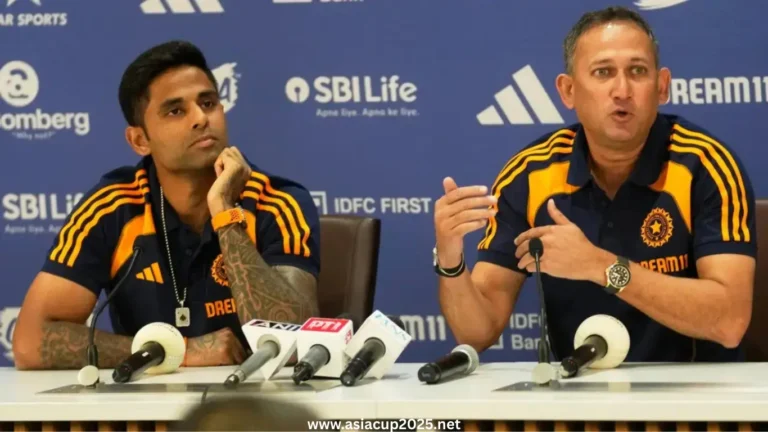
As the countdown to the Asia Cup 2025 gathers pace, all eyes are on the conditions in Dubai and Abu Dhabi. While fans are busy debating team combinations, former Dubai curator Tony Hemming has lifted the lid on what players can expect when the ball meets bat in UAE’s summer heat.
Hemming, who served as Head Curator from 2007 to 2017 and oversaw the construction of the Dubai International Stadium and ICC Academy, believes the upcoming tournament will present a unique set of challenges — from grassy pitches to the inevitable presence of dew.
From Australian Soil to Asian Pitches
In an exclusive chat with The Indian Express, Hemming recalled his early days shaping UAE’s cricketing surfaces. He revealed how the team imported soils from Australia, Pakistan, and England to replicate diverse conditions. The Dubai International Stadium, in particular, was designed with Pakistan soil, anticipating the heavy load of Asian cricket.
“Without grass, you can’t hold the soil together,” Hemming explained. “A good cricket pitch needs a root system to allow it to dry evenly and consistently. That’s always the first priority.”
Dew, the Invisible 12th Man
If there’s one factor captains will dread, it’s dew. With September humidity in the UAE hovering between 60% and 80%, the temperature drop from 38°C in the day to 28°C at night creates the perfect recipe for moisture.
“Dew will definitely be a huge factor,” Hemming warned. “Teams that bat second will enjoy easier conditions. For bowlers, gripping the ball becomes tough once the lacquer is gone and the seam starts absorbing moisture.”
While curators can use dew-retardants or limit watering the outfield, Hemming admitted, “At some point, you’re in God’s hands. Once the game starts, you can’t have fans or drying equipment on the field.”
Dubai vs Abu Dhabi – Same Soil, Different Story
Though both venues use Pakistan soil, Hemming highlighted how stadium design shapes the playing conditions.
- Dubai: With its bowl-shaped roof and enclosed feel, dew settles heavily. “Ball movement is significant early, but chasing becomes the safer bet,” Hemming said.
- Abu Dhabi: More open, with occasional breezes that aid swing, but if dew falls, “it falls pretty heavily.”
The ex-curator noted how this variance often explains why pacers, like Shaheen Shah Afridi in the 2021 T20 World Cup, could make the ball talk in Dubai more than in Abu Dhabi.
The Toss Factor
With grass returning to Dubai pitches after years of heavy usage, Hemming expects more carry and better pace. Yet, under lights, batting becomes easier — another reason why chasing could rule this Asia Cup.
“If you’re bowling second, you’re at a disadvantage,” Hemming pointed out. “The ball softens, picks up moisture, and gripping becomes tough. Batters, meanwhile, relish the conditions in the chase.”
ICC’s Scheduling and Pitch Management
Preparing limited venues for a long T20 tournament is no easy job, but Hemming believes the ICC’s schedule — alternating games between Dubai and Abu Dhabi — gives pitches room to recover. Still, he said curators often earmark pitches early for the semi-finals and final to ensure consistency.
“You don’t want a fresh pitch in a knockout,” he explained. “You want to know its behaviour before the big day.”
What It Means for Teams
With conditions pointing towards dew-heavy nights and grassier pitches, teams might be tempted to load up on seam options early but must also prepare for batting-friendly second innings. For captains, the toss could be worth its weight in gold.
As Hemming summed it up: “In the UAE, you adapt or you’re left behind. And this Asia Cup will be no different.”
